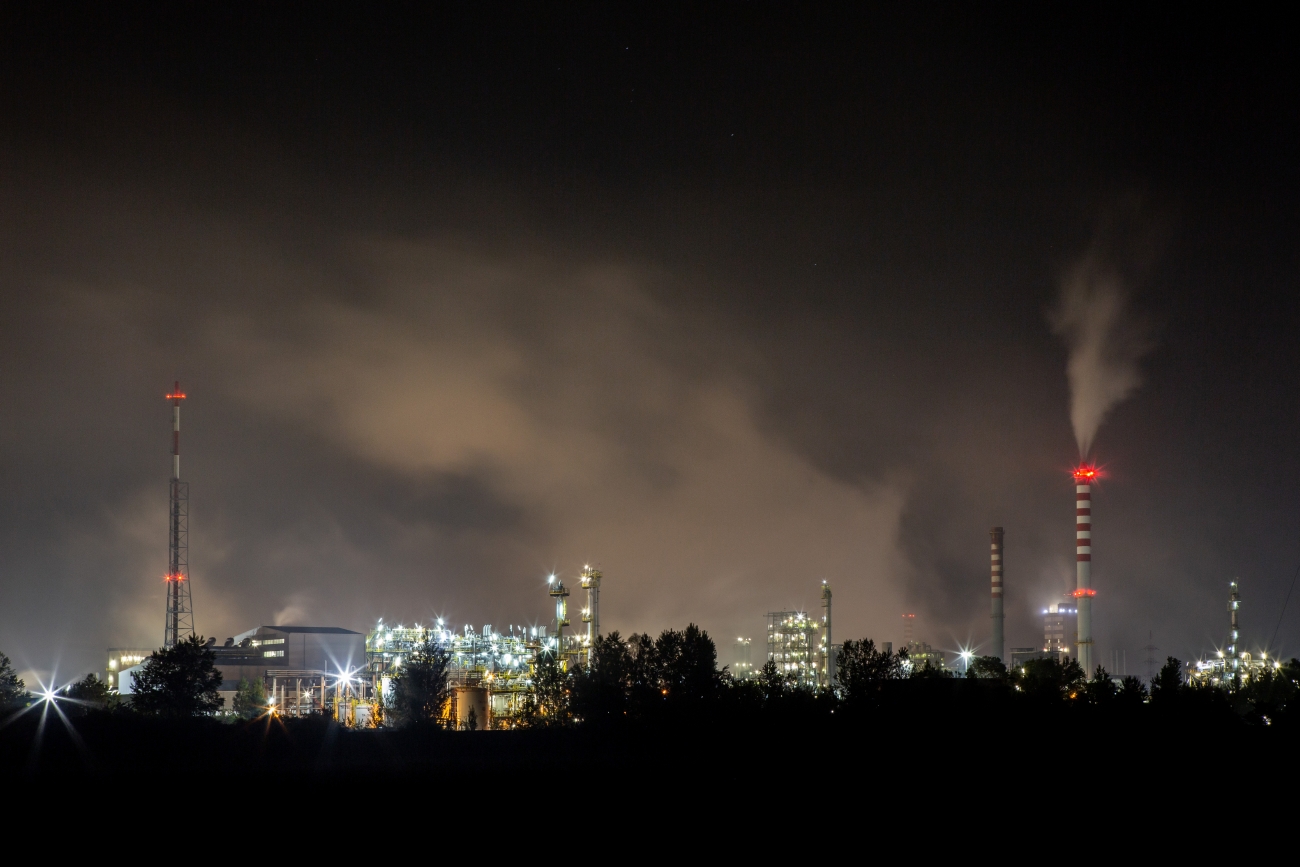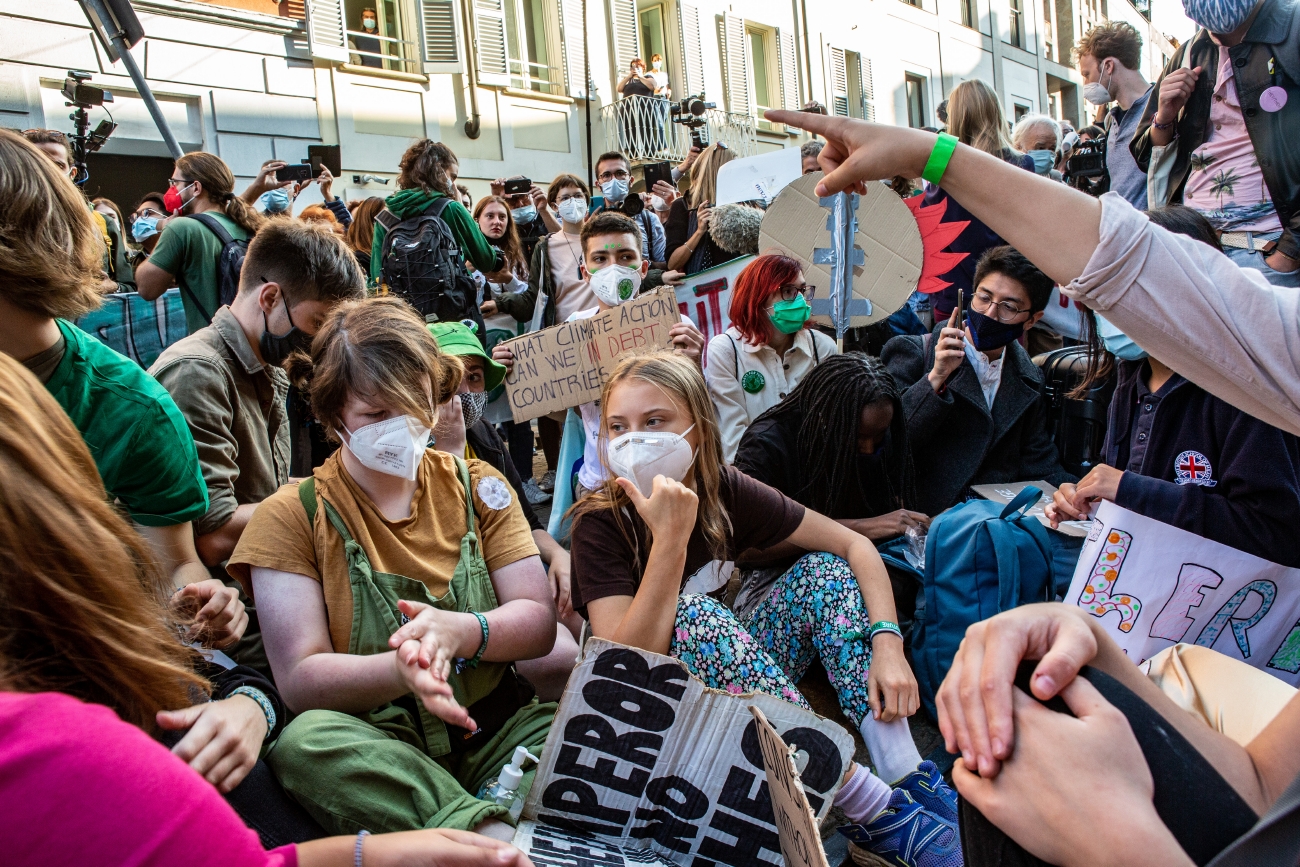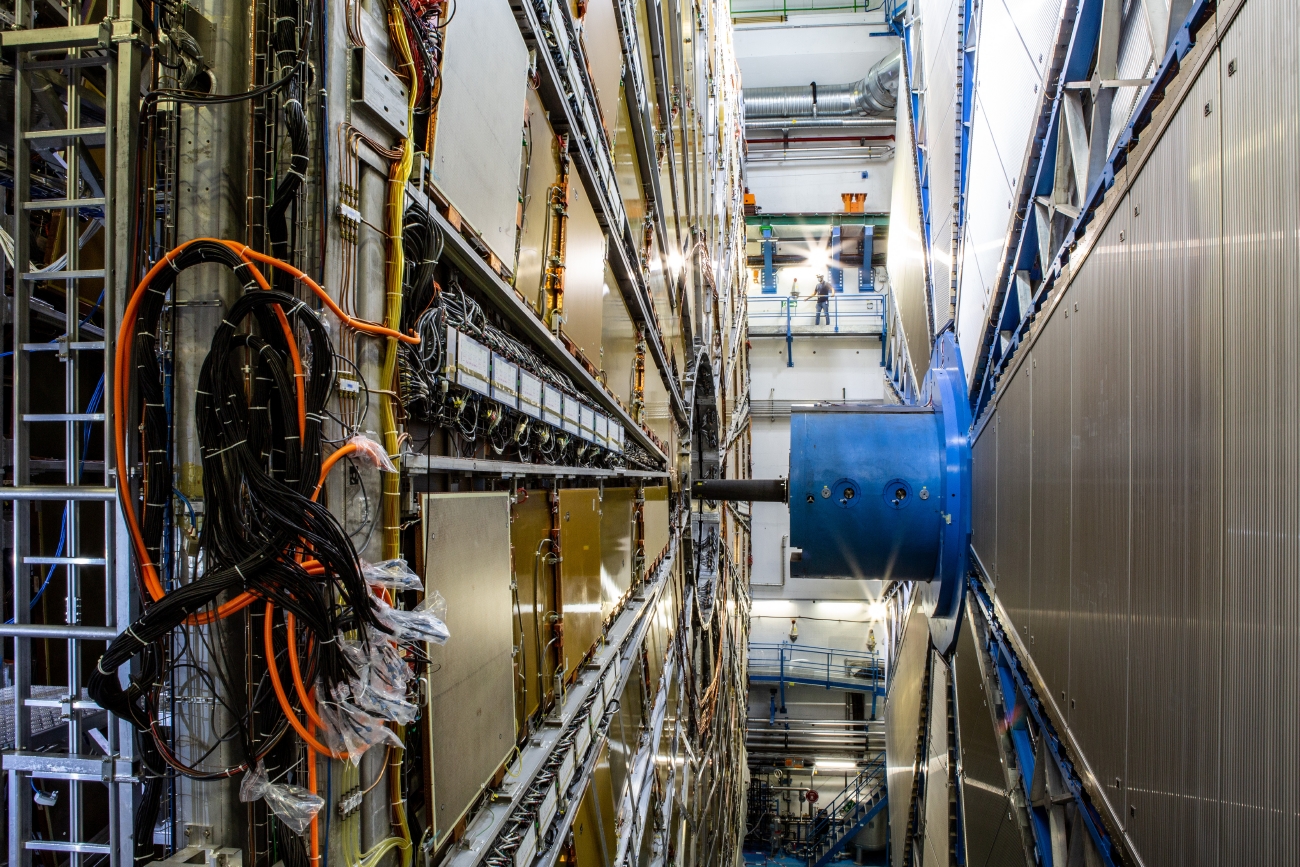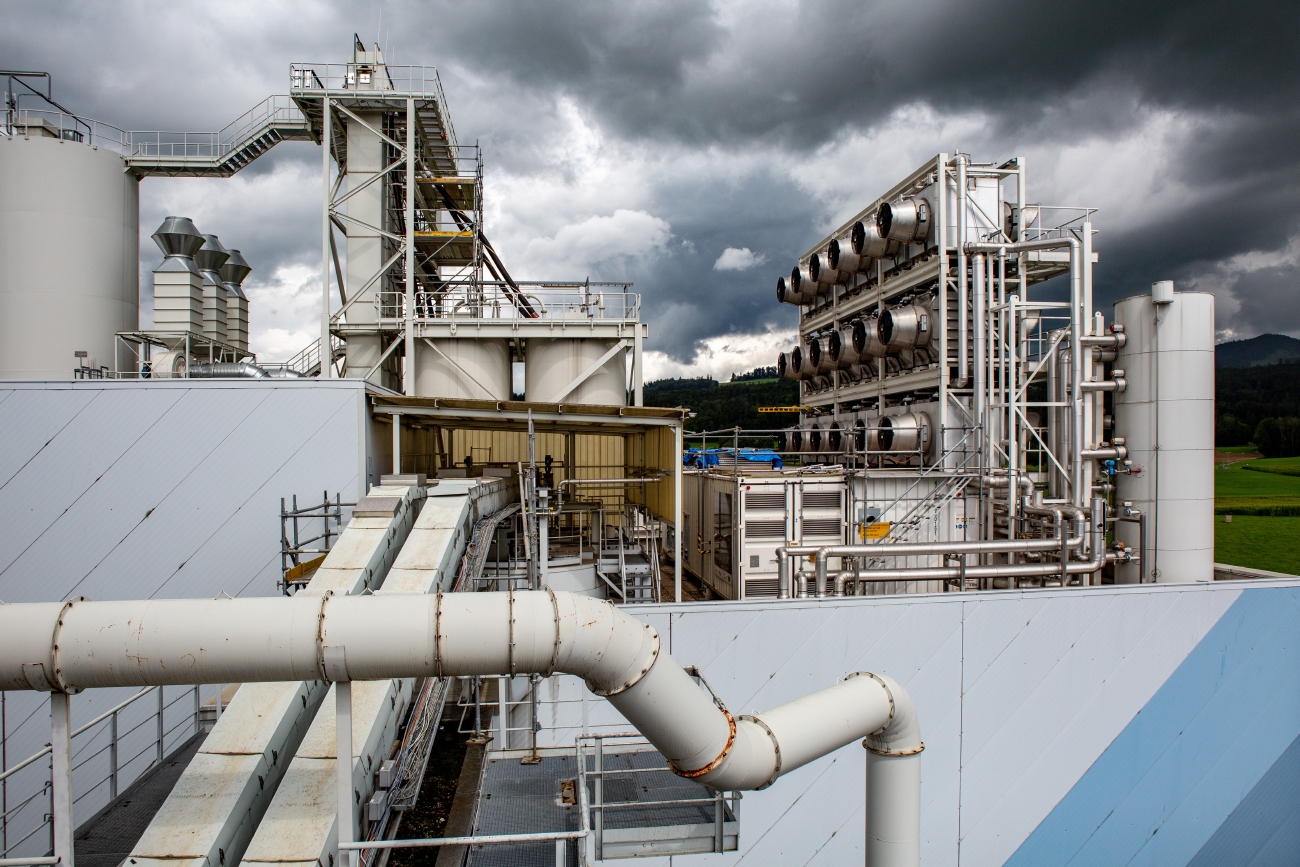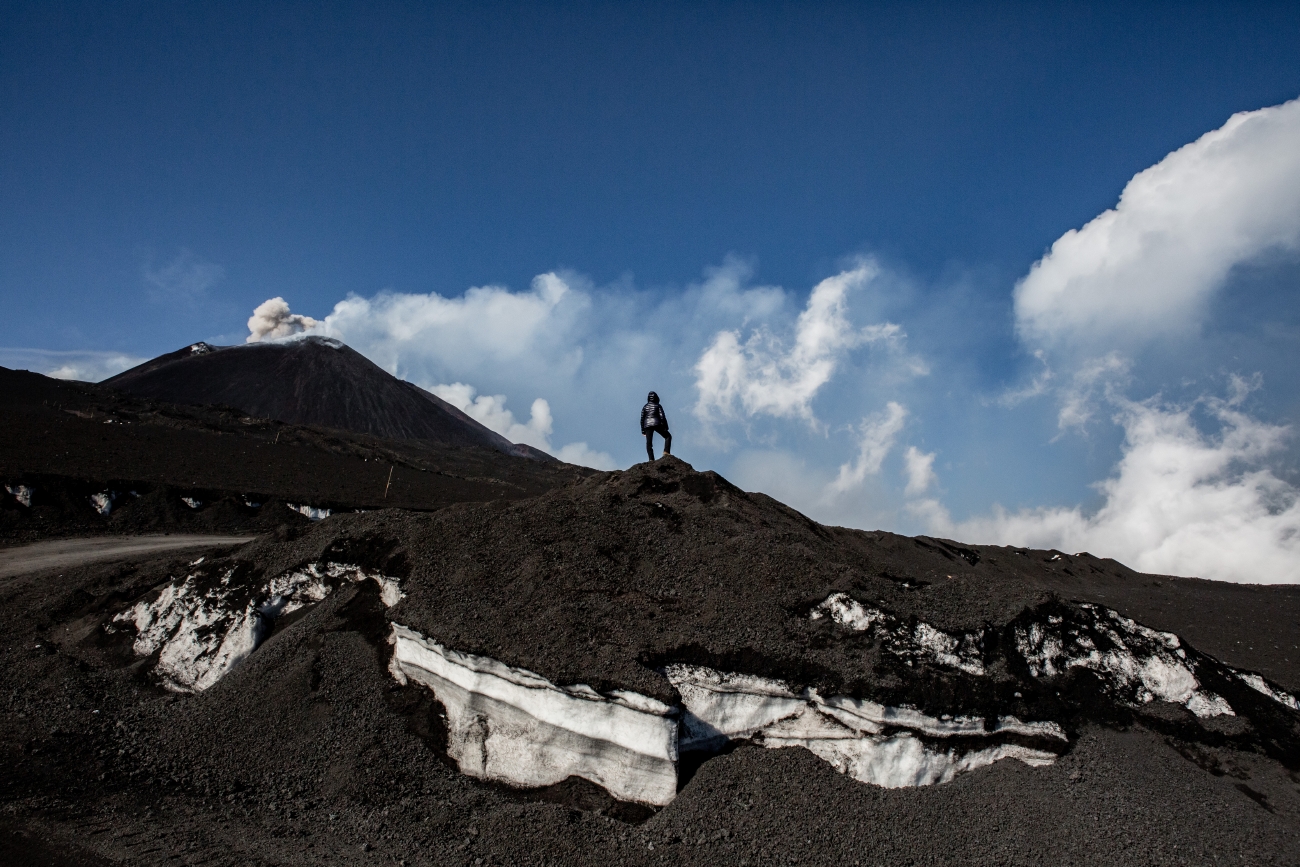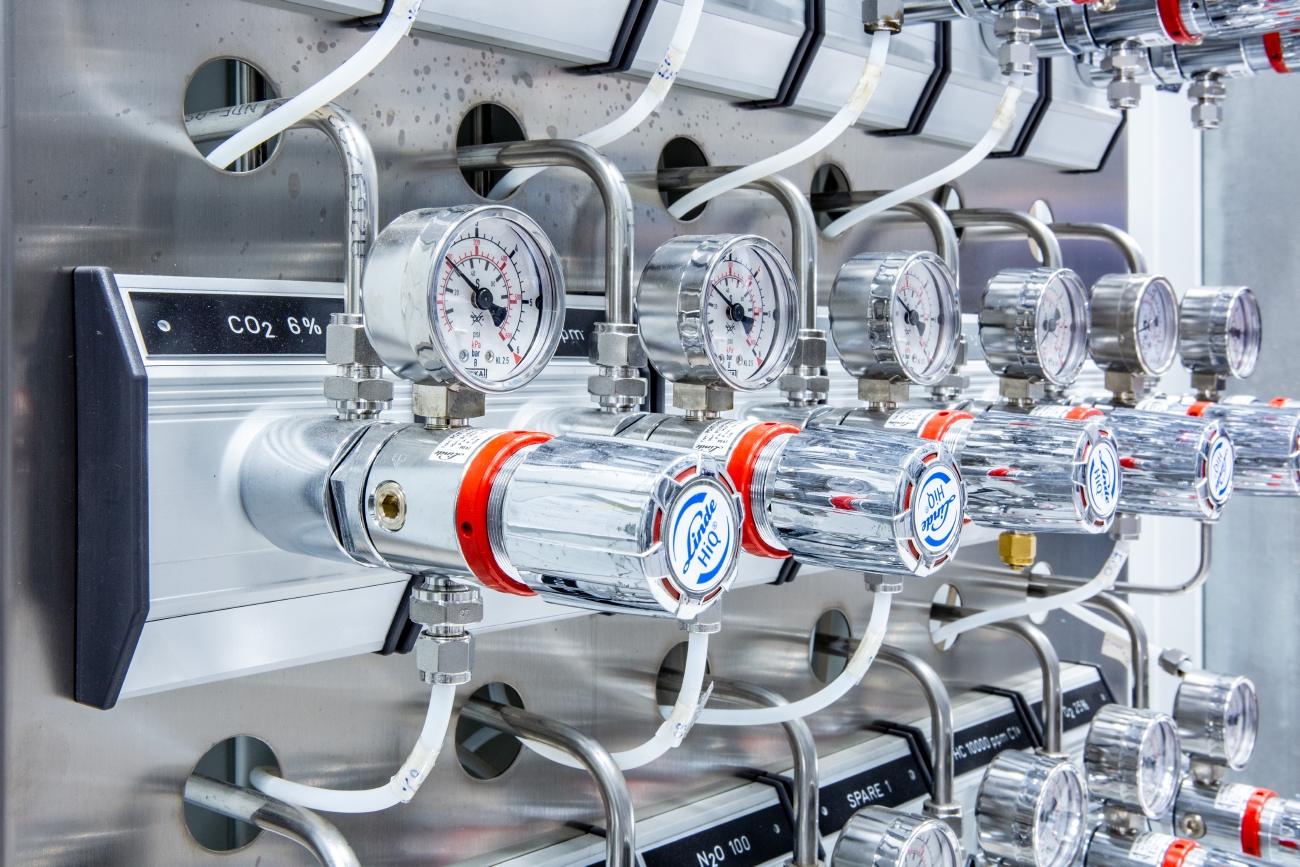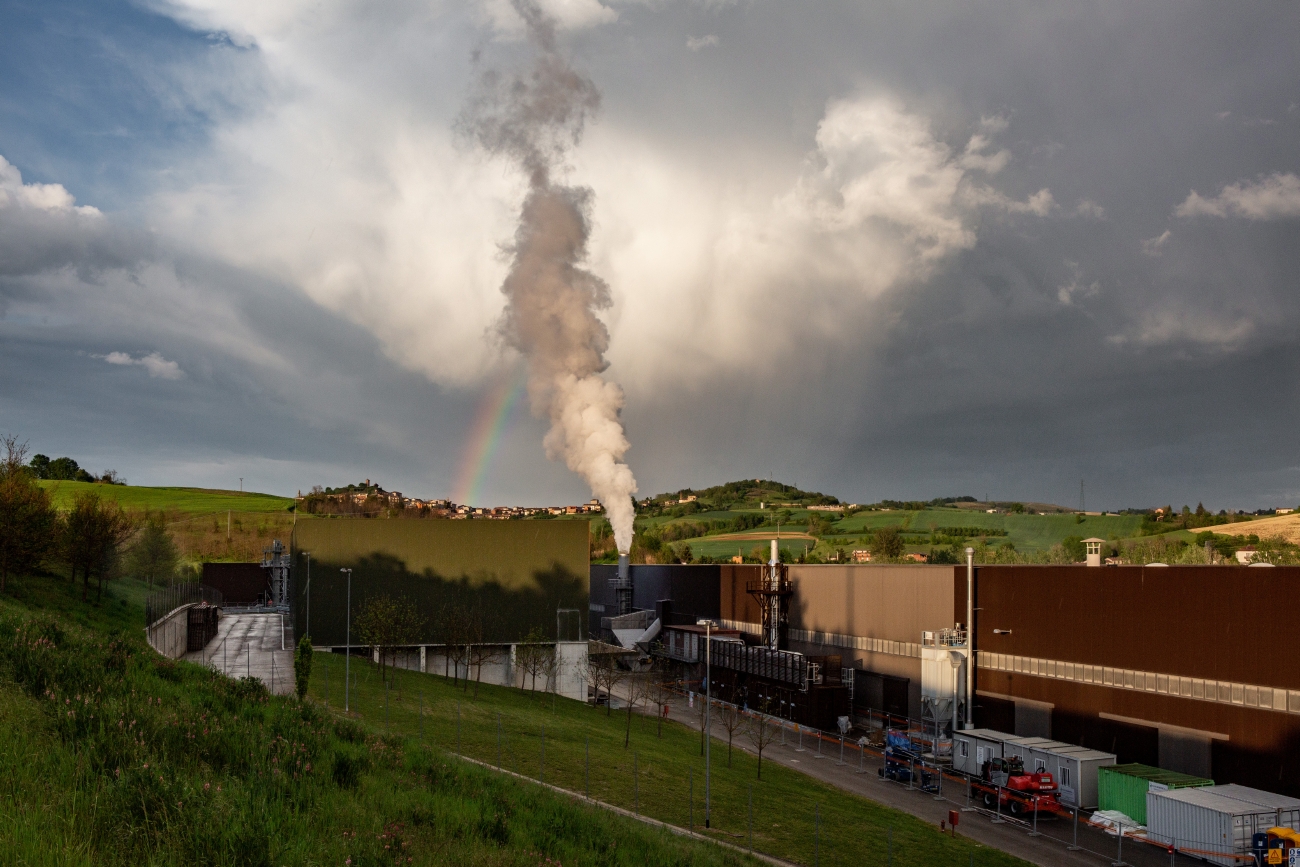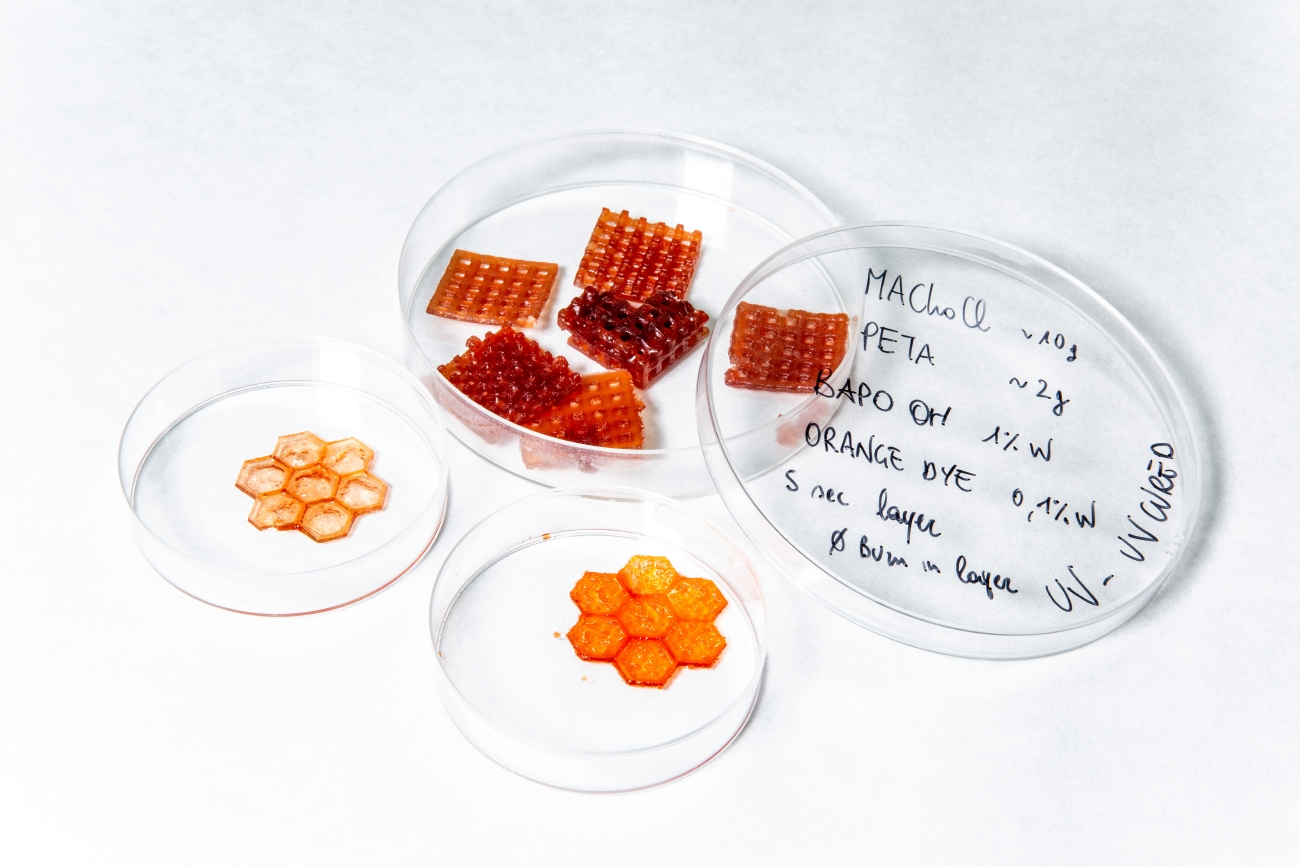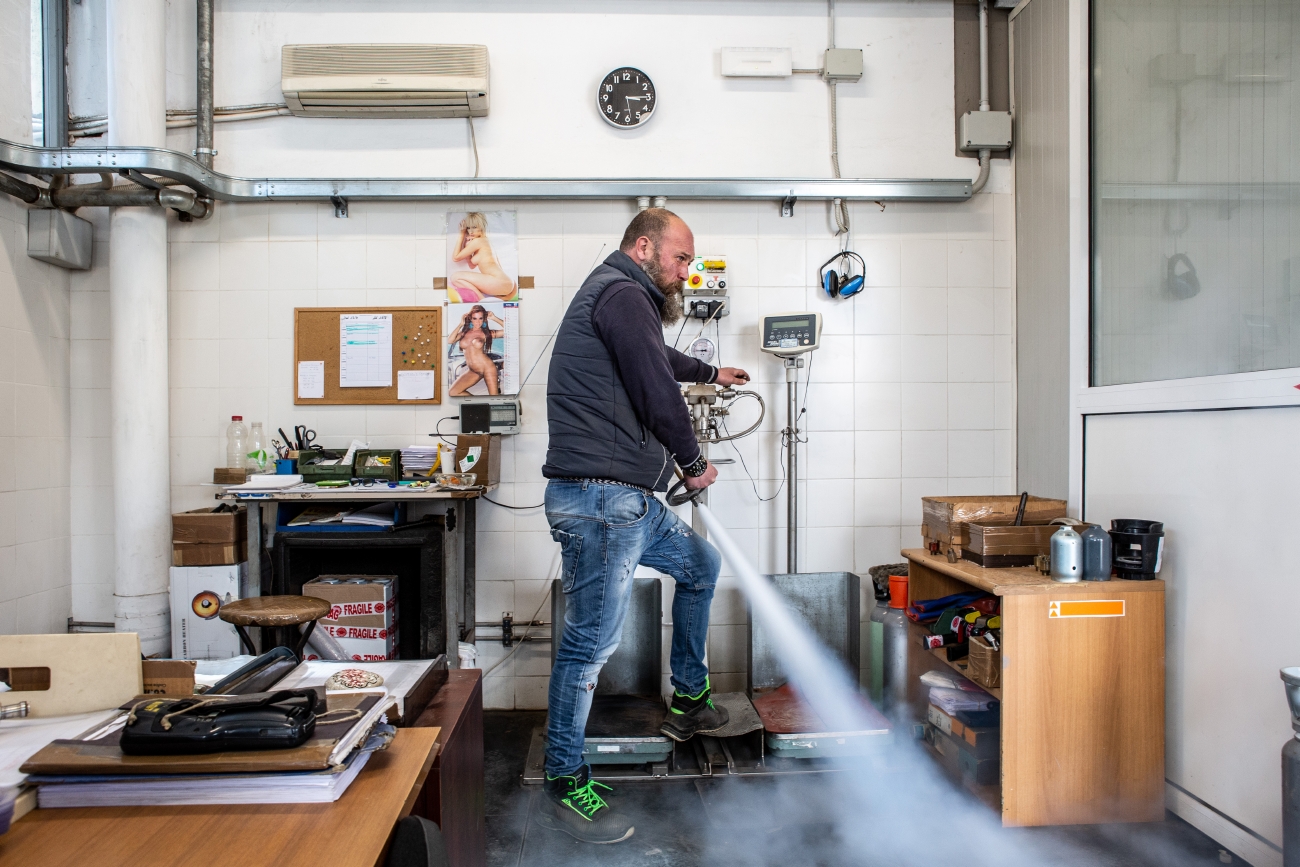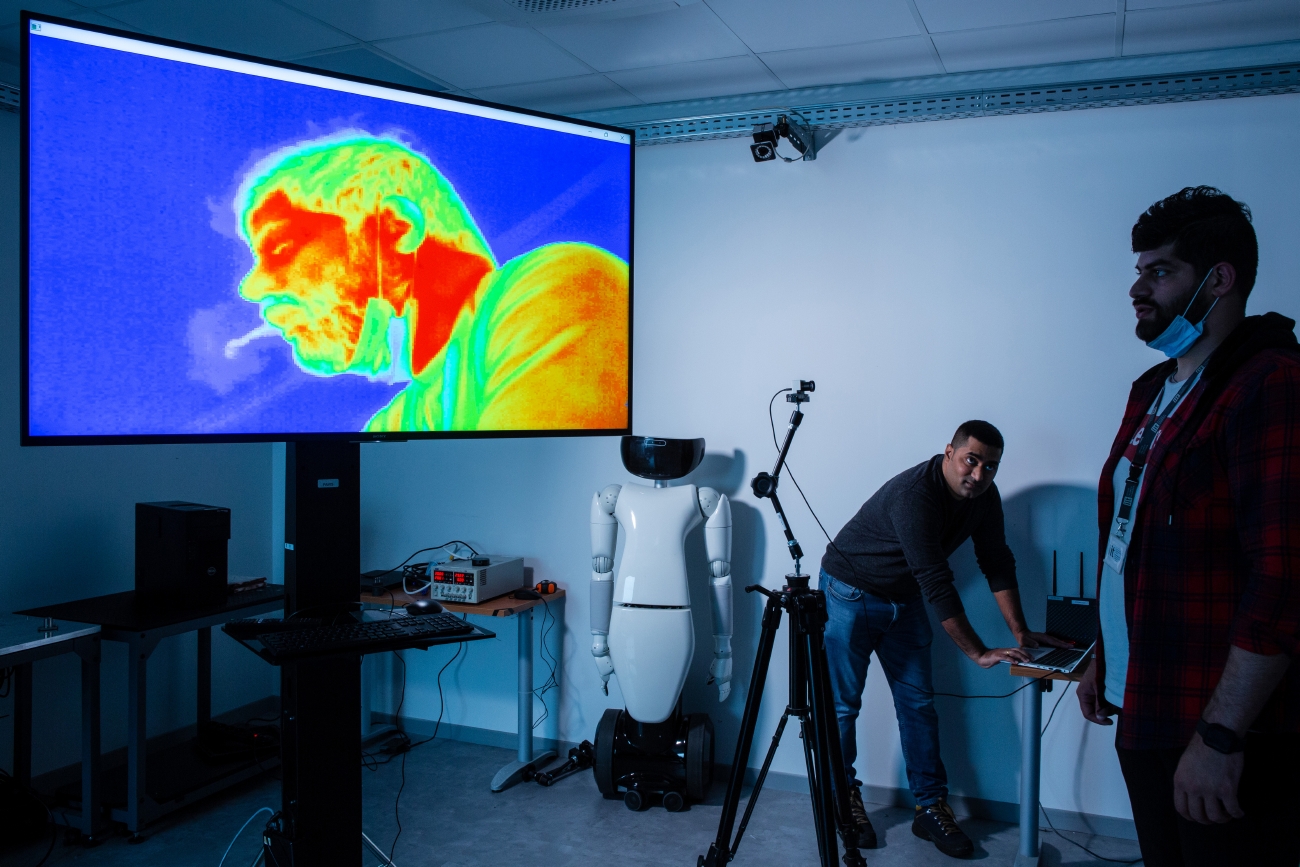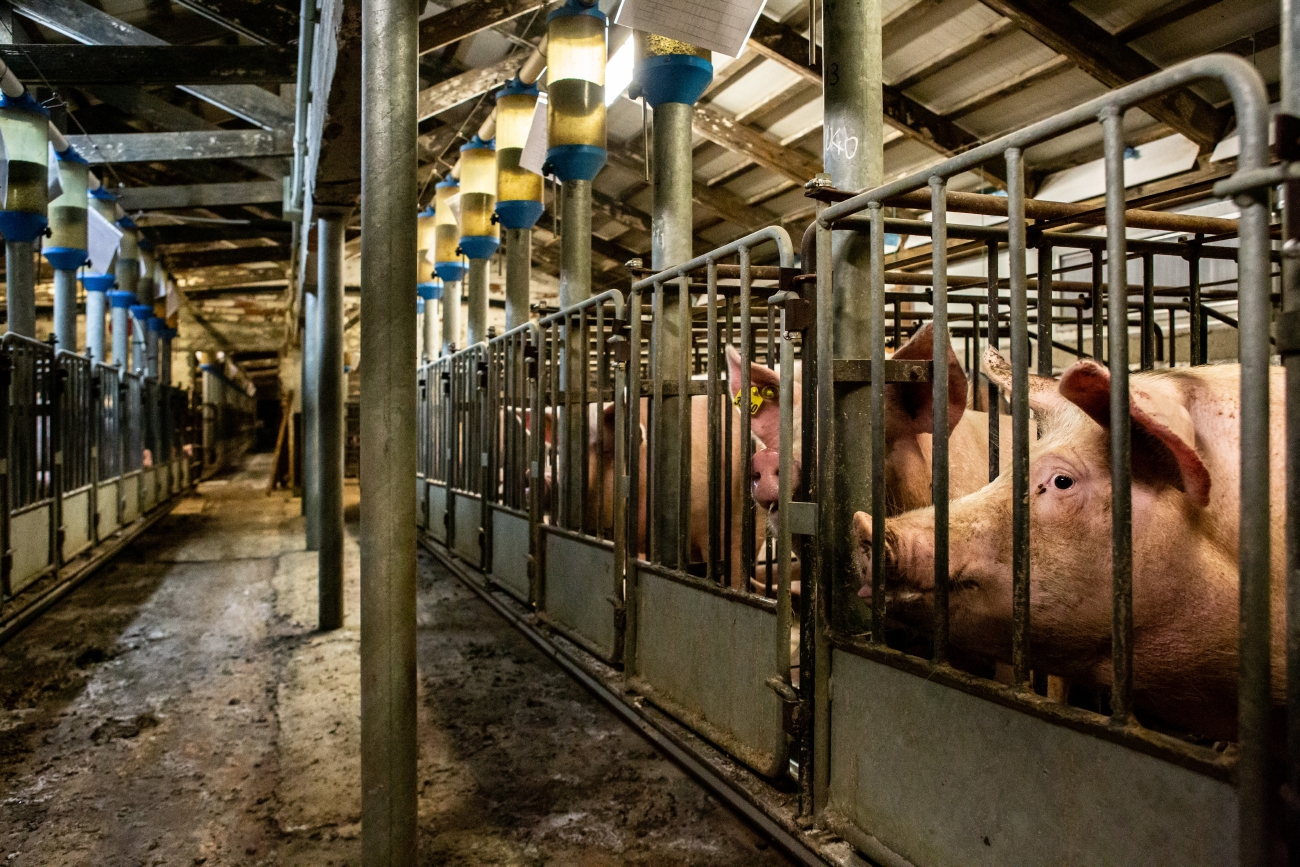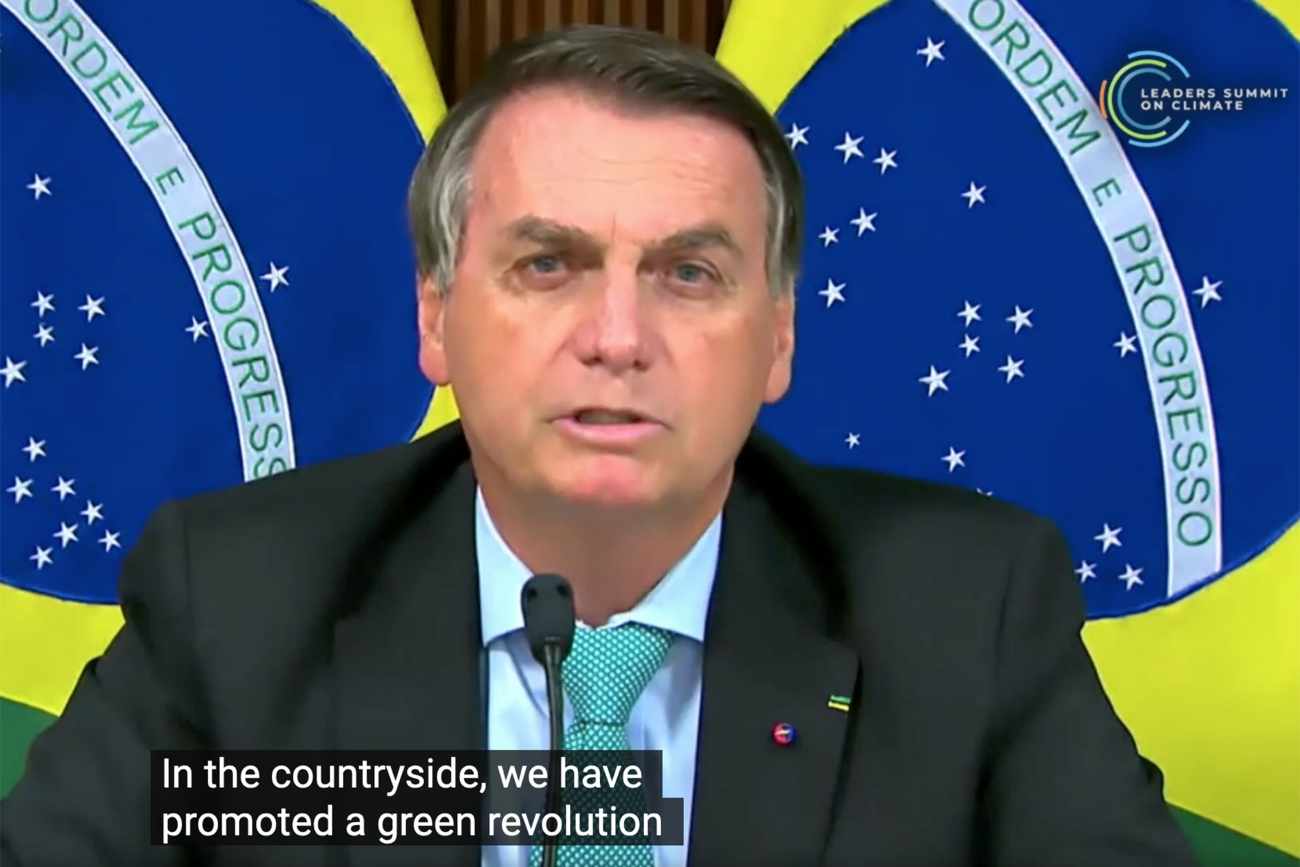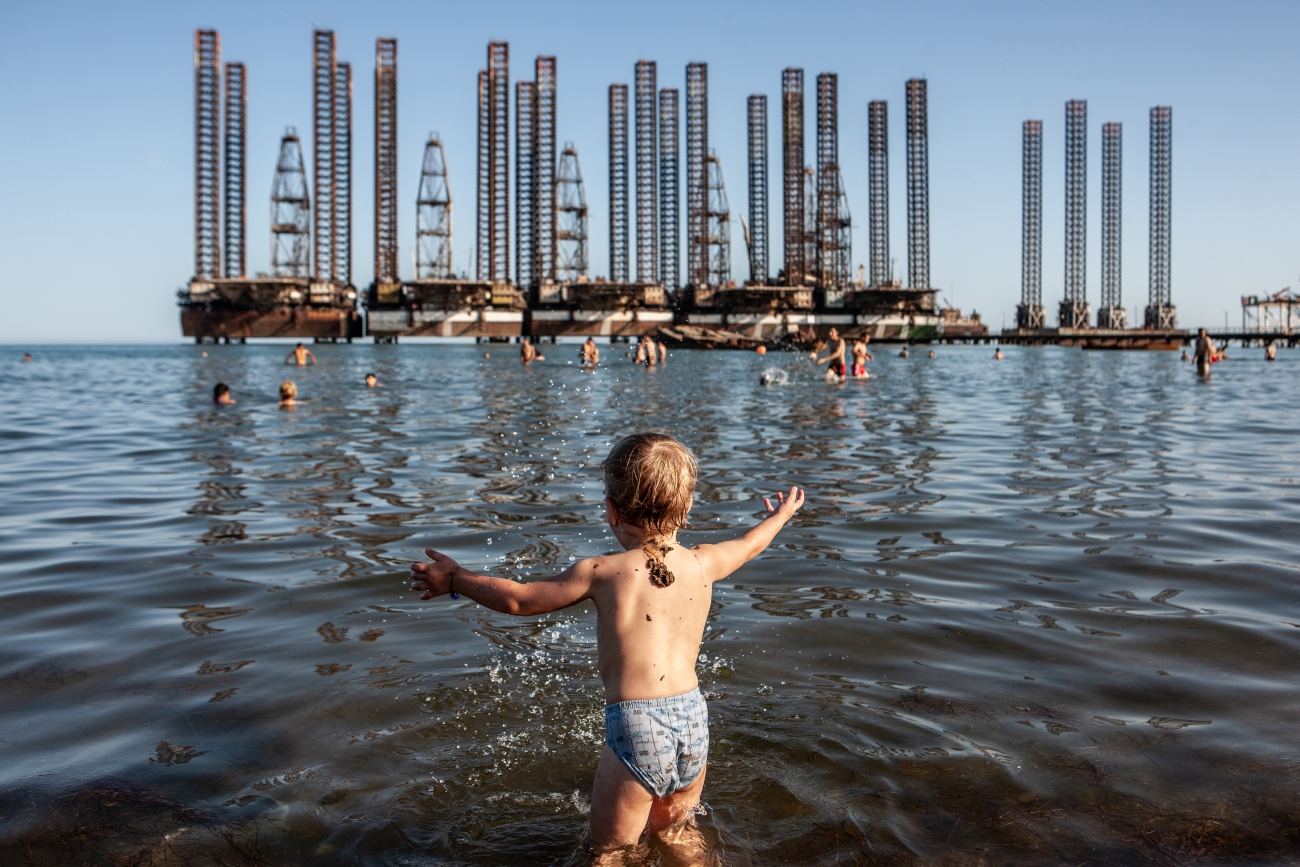CO2
A matter of life and death
Photo by Sergio Ramazzotti
It’s the gas that’s been spoken about more than any other in recent years, and it’s the one that we instinctively associate with climate change. It is for this reason that it’s generally perceived negatively. However, it actually forms the basis for nature’s lifecycle, as well as that of human beings, and despite its many uses in industry and in our daily lives, some well-known, others less so, we no longer pay much attention to these aspects. It is, however, a fact that the planet is in danger of being destroyed by the very gas that – together with oxygen – has thus far contributed to keeping it alive. Over the period between
2008 and 2018, CO2 emissions increased by 12% as a direct result of human activity. A NASA study has shown how the level of CO2 in the Earth’s atmosphere, which until recently had essentially remained stable below 300 parts per million for the past 800,000 years, has rapidly increased since the middle of the last century, registering 310 parts per million in 1950 and rising to 410 today. In its 2021 ranking of global threats, Axa Insurance put climate change back in first place, followed by hacking, while Covid, after two years in the top position, slipped to third.
Reducing emissions to contain global warming and the devastating consequences that ensue has become absolutely imperative, but it’s a goal that doesn’t align with a number of heavily conflicting factors such as overpopulation, the ever-increasing demand for energy, incipient urbanization (it’s estimated that seven-tenths of the world’s population will live in megacities by 2050), and the steady increase in the volume of transportation. These are factors which, on paper at least, make the goals of the Paris Agreement seem unattainable.
Only on paper though, because, when we talk about reducing emissions, we usually think in terms of the simple need to stop producing CO2. That’ an unrealistic prospect: as Bill Gates explains in his latest book How to Avoid a Climate Disaster, “There are no realistic paths to zero that involve abandoning fossil fuels completely or stopping all the other activities that also produce greenhouse gases.”
Yet research, particularly in Italy, is making enormous strides towards developing techniques for capturing carbon dioxide from the air, for storing it, but above all for recycling it intelligently: using mineralization or biofixation with microalgae to obtain products such as polymers, cement or flour, which are reusable in construction, cosmetics and food products, or by means of molecular recomposition in substances that can also be reused with zero impact, such as synthetic methane.
John Kerry, the US special envoy for climate, said in 2021 that at least 50% of the cuts in emissions needed to achieve carbon neutrality in time will come from “technologies that have not yet been invented.” And it’s this that offers us the most promising path towards neutralizing the so-called unavoidable emissions, which the energy transition process, at least until it’s completed, will not be able to contain alone.
(2021)


